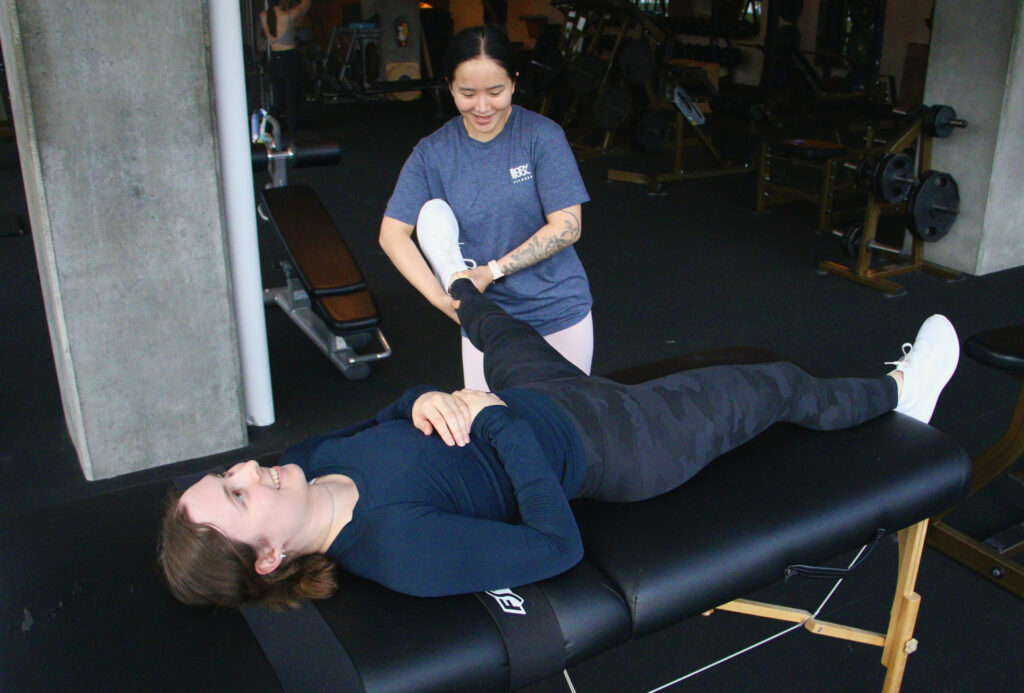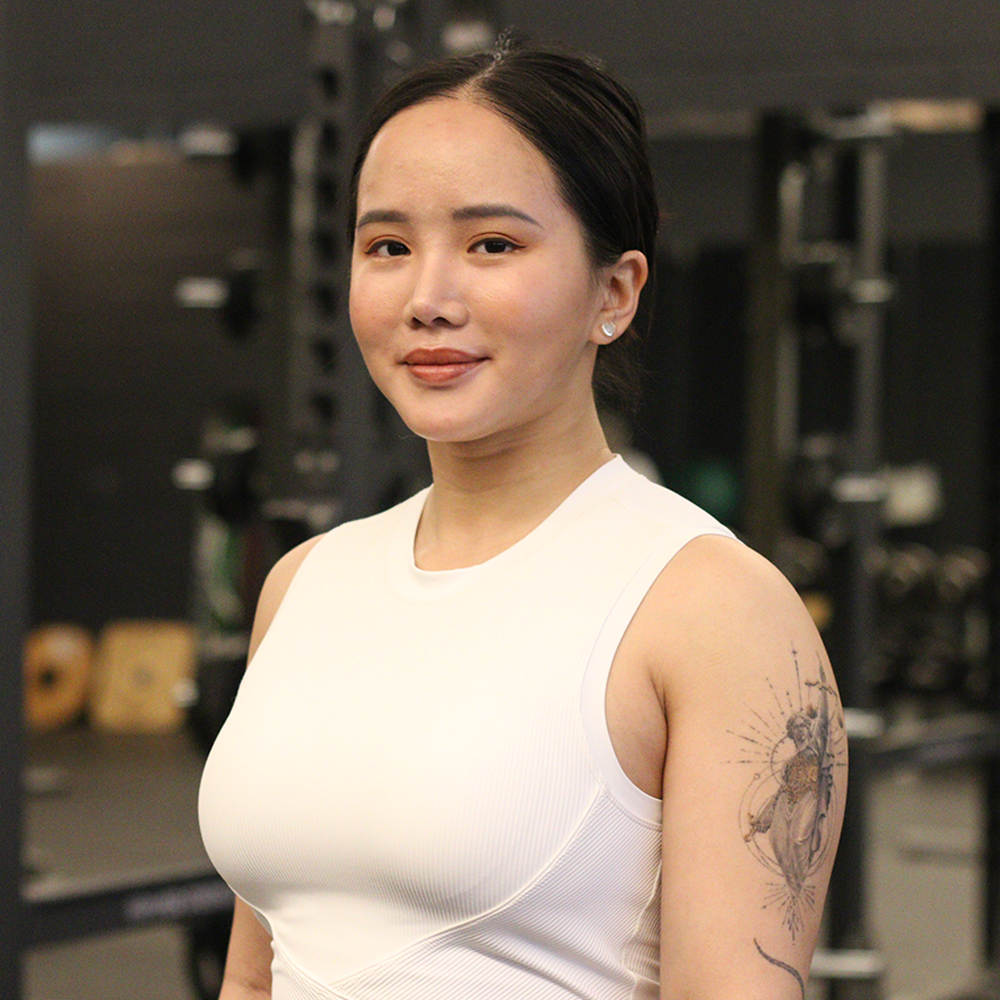Personal Trainer
In the realm of fitness, the terms “mobility” and “flexibility” are often used interchangeably, causing confusion. What’s important to remember is that, with any fitness or workout routine, if you can’t move your body properly or freely, your training will suffer. When you’re more mobile, you can train harder, perform better, and recover more quickly. This quick guide clarifies the differences between the two and why they matter to your training.
Flexibility vs Mobility
Flexibility refers to the ability of connective tissues, such as muscles, ligaments and tendons, to elongate temporarily. You can think of flexibility as passively stretching without engaging your muscles. The more flexible you are, the more you eliminate inefficient movement by allowing your joints to move freely through a full range of motion. If you’re “tight,” it can impact your mobility and lead to injury.
Mobility training is what will take you to the next level of performance. Mobility refers to how well you can move through a range of motion. Training for increased mobility involves developing strength, stability, and control to help you safely move through a given joint’s full range of motion. This training can correct imbalances in your movement patterns to unlock restriction, reduce pain, and lower your risk of injury.
In all, while flexibility improves your ability to stretch, mobility enhances your ability to move freely, safely and with control. Anyone who practises regular physical activity inside and outside of the gym should incorporate both.
How to Test Your Flexibility and Mobility

Fitness assessments, including the length-tension and Rocabado tests, help gauge joint range of motion. Understanding how you move helps our trainers create a personalized program to address specific needs and goals safely and efficiently.
Why Are They Important?
Improving both mobility and flexibility simplifies leading a healthy, active lifestyle by enhancing postural alignment, balanced movement, reducing pain, and lowering injury risks.
- Benefits of flexibility training:
- Reduced muscle tension and discomfort
- Improved posture and alignment
- Enhanced relaxation and stress relief
- Increased blood circulation and nutrient delivery to tissues
- Benefits of mobility training:
- Better range of motion in daily activities and sports
- Enhanced athletic performance and efficiency
- Reduced risk of injury by promoting balanced movement patterns
- Improved joint health and longevity
Ready to incorporate flexibility and mobility training into your routine? Get started with a follow-along stretching routine in our Stretch Series.
What Movements Improve Mobility?
Movements that improve your mobility target joint stability, muscle activation, and neuromuscular coordination. Functional strength training and joint-specific exercises are two types of training that can improve mobility.
Arm circles, as demonstrated in the video above, are an example of a joint-specific drill that challenges shoulder mobility.
The front-foot elevated reverse lunge, as demonstrated in the video above, is an example of a functional training movement that can improve hip and ankle mobility.
What Movements Improve Flexibility?
Improving flexibility involves engaging in specific movements and exercises that target different muscle groups and joints. Consistent practice can increase your range of motion and overall flexibility.
The froggie stretch, as demonstrated in the video above, is an example of a dynamic stretch that can improve flexibility.
Conclusion
Understanding these distinctions and incorporating targeted training methods can lead to a balanced and agile physique, supporting overall well-being and physical performance.
Begin Your Journey with Us
If you’re finding it challenging to get started on your journey, feel free to reach out to us for a complimentary consultation. Taking the first step is challenging, and we’re here to offer guidance.

